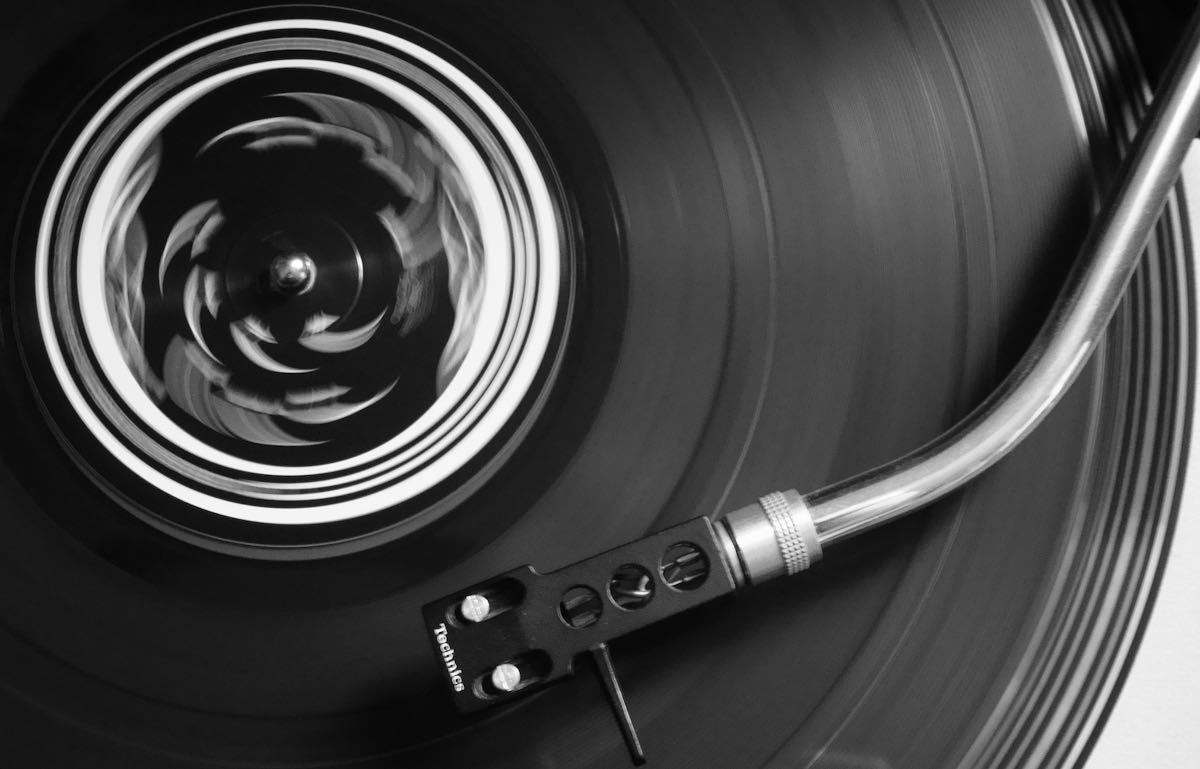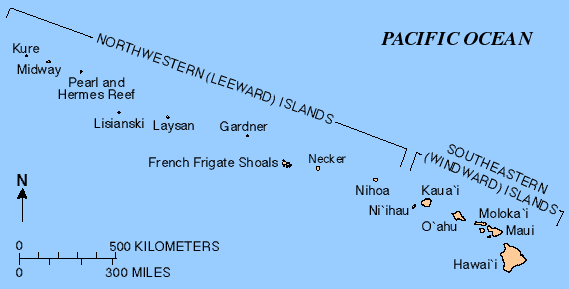Many thanks to SWLing Post contributor, Robert Gulley, who shares the following video from the Ringway Manchester YouTube channel:

Many thanks to SWLing Post contributor, Robert Gulley, who shares the following video from the Ringway Manchester YouTube channel:
 Many thanks to SWLing Post contributor, Alan Roe, who shares his B-23 (version 2.0) season guide to music on shortwave. Alan provides this amazing resource as a free PDF download:
Many thanks to SWLing Post contributor, Alan Roe, who shares his B-23 (version 2.0) season guide to music on shortwave. Alan provides this amazing resource as a free PDF download:
Click here to download Music on Shortwave B-23 v2.0 (PDF)
As always, thank you for sharing your excellent guide, Alan!
This dedicated page will always have the latest version of Alan’s guide available for download.
Hi all SWLing Post Community, FastRadioBurst 23 here. This week on the shortwave dial via the Imaginary Stations crew we have WS7S featuring a celebration of the humble seven inch single. This show will be beamed to Europe by Shortwave Gold on Sunday 26th November 2023 at 1000/1400 hrs UTC on 6160 kHz and then on 3975 kHz at 2100 UTC. Tune in for those platters that matter.
Then on early Monday 27th November via the transmitters of WRMI we have the return of KMRT at 0300 UTC on 9395 kHz. Expect a host of Blue Light specials, amazing one-off deals and a supermarket staff choir giving it their all, if all goes well. Tune in because as they say, “When it’s gone, it’s GONE!”
For more information on the shows please email [email protected] and check out our old shows here.
By Jock Elliott, KB2GOM
Since he was in grade school, Glenn Hauser has had the itch to receive broadcasts at long distance, and that interest, continuing throughout his lifetime, has led him to become one of the most respected authorities in the world of radio.
SWLing: How did you get started in radio?
GH: I started with TV DXing, trying to pick up Albuquerque 100 miles away, but often getting sporadic E skip stations more than 1,000 miles away. I also started tuning around medium wave. I was 8 or 9 years old.
SWLing: How did you get started with shortwave radio?
GH: In 1954, the family moved to Oklahoma City. By 1957, I acquired a Hallicrafters S-38E and was listening to shortwave using a longwire antenna, sending off for QSL cards. I was still doing TV DXing.
Then in 1961 the family moved to Enid, better for TV DXing, away from all those local stations, also radio DX. I acquired a Hammerlund HQ160, which was quite an improvement.
SWLing: Were you professionally involved in radio?
GH: In college, I worked on the campus radio station and also at a classical music station, KHFM. My BA was in broadcast journalism. After college, I continued to work on classical musical stations as programmer and announcer. I was very interested in foreign languages, learned phonetic schemes of various languages and learned to pronounce them. Radio Budapest was particularly helpful with Hungarian, which some announcers find difficult. I spent my professional career working for classical music stations.
I spent a year in Thailand, working for the American Forces Thailand Network. I was a newsman on the air in 1969 and 1970.
I had the HQ160 and a small TV in a footlocker, and in my spare time, DXed TV from as far as South Korea and the Philippines and medium wave from Europe.
After four years in the USAF, I resumed classic music radio, notably at WUOT, Knoxville.
By then I was contributing to various DX programs on SW stations, clubs, and eventually started my own program World of Radio. You can find out when to hear my program on the Schedules page at www.worldofradio.com . One of the main places to hear it is on WRMI in Florida. I was SW columnist for Popular Electronics, and later, Monitoring Times. Also published my own magazines, Review of International Broadcasting, and DX Listening Digest; at first on paper, then online.
SWLing: How did you get involved in logging SW radio stations?
GH: It was a natural outgrowth of enthusiasm for hobby; I was a regular contributor to DX Jukebox on Radio Netherlands (monthly) and Radio Canada International’s DX/SWL Digest (weekly).
SWLing: What sort of equipment do you use?
GH: A JRC NRD 545 and an Icom R75 for shortwave and medium wave. For antennas, I use a Wellbrook loop, a 100-foot random wire oriented east-west outside, and some shorter random wires inside the house. It is noisy where I live, and I’ve been trying to get the local electric company to fix line noise radiation.
Here in the town, my property is limited in space for antennas. I’ve been known to hook on to a wire fence in the country as a de facto Beverage antenna.
SWLing: How many hours a day do you monitor?
GH: It varies. Because of my program and my logging reports, I have made myself a nexus for information, so a lot gets sent to me. As a routine, I am always tuning around at bedtime, as well as various times during the day. At random times, I may do a band scan to see what’s happening.
SWLing: What are you most memorable moments listening to SW?
GH: Certainly one was October 4, 1957, hearing Sputnik on 20 megahertz.
SWLing: Any tips, tricks or advice you would care to offer to SWLs or DXers?
GH: Become as well informed as possible by participating in groups such as https://groups.io/g/WOR . Be aware of various references online such as the big 3 SW frequency listings, Aoki, EiBi, and HFCC, among those linked from my homepage http://www.worldofradio.com . In addition, scan the radio bands until you are familiar with what’s there, so you can notice something new or different.
AirSpy is running another Black Friday sale and offering 20% off of all of their excellent products.
Click here to check out their product line and Black Friday pricing!
Many thanks to SWLing Post and Shortwave Radio Audio Archive contributor, Dan Greenall, who shares the following post:
 Midway Island Radio Terminal 1971 – digging up the past
Midway Island Radio Terminal 1971 – digging up the pastIt was a brief “military style” transmission on approximately 14.85 MHz shortwave, logged sometime during 1971. And I still had a recording of it!
I wondered if there was any chance of confirming what exactly I had heard way back then, so I recently decided to try a little bit of detective work. My first contact was with Nick England, K4NYW, who runs a “hobby” website about U.S. Navy communications in the 1950’s and 1960’s. He was good enough to put me in contact with a Midway navy vet, Charles E. “Chuck” Kinzer, who writes:
“…it could be a “long count” test for one of the transmitters at the Naval Communication Unit transmitter site where I worked.
When I was there (1966-1968) they installed two log periodic fixed antennas, one pointing generally east (Washington DC) and the other generally west (toward Vietnam).
Each was connected to an AN/FRT-39 10 KW transmitter. And for the most part, always connected to the same two transmitters. (We had an antenna patch panel and could mix and match most any transmitter to most any antenna.) It is my understanding that they were used by the Security Group on Eastern Island (one of the two Midway Islands which are Sand and Eastern). They were set up for single sideband voice. (Most of the other AN/FRT-39s were set up for multiplexed TTY tones on both sidebands with suppressed carrier. 16 channels on each sideband.)
From time to time, they would tell us they wanted to do a “long count” and we would set the power level of one of the transmitters. As they did the count, we would set the power level of the peaks of the voice close to the maximum transmitter power. You could see the various meters flail up and down to near maximum along with the voice. This would be mainly the “PA Plate Current”, “PA Plate RF”, and PA Output” meters on the 10 KW final.
We couldn’t hear the voice, just see the meter activity. It would help if the person knew the frequency. If it was NOT an amateur radio frequency, it might have been one of those long count tests on one of those Navy transmitters. ….”over 50 years ago” sounds reasonable for that exercise. I assume the usage of that particular transmitter/antenna setup lasted to the end of the Vietnam war, at least.
Incidentally, when this was first set up, we had instructions to put X transmitter on Y antenna and so forth when they started testing the two new antennas. They would ask to do a “long count” test where we would set the power levels. Then shortly after they would start shouting into the microphone raising the power level too high and the transmitter would trip off. We asked them exactly what they were trying to do and, for secrecy I guess, they would not tell us. After a while, they figured out they were using the two antennas backwards. For example, they were trying to transmit east off the back side of the west facing antenna. These were VERY good antennas and very little power was wasted in the envelope going backwards.
I don’t know if this helps. Rather amazing that there is a recording existing like this. You never know what is going to pop out of the woodwork.”
Chuck later added that he might ask someone else for a little help. In the 1970’s, I used to own a guide to utility stations by Joerg Klingenfuss, that had lots of great frequency information, but sadly, I decided to part with it a number of years ago.
Please listen to the audio file of the transmission above from 1971, maybe some readers might weigh in with their thoughts on this? Please feel free to comment.
 Many thanks to SWLing Post contributor, Istvan Biliczky, who shares the following announcement:
Many thanks to SWLing Post contributor, Istvan Biliczky, who shares the following announcement:
The TOP DX RADIOCLUB invites you to the annual TOP 10 DX OF THE YEAR contest.
From 1 December 2023.
All details can be found on our website: www.topdx-radioclub.com/top10dx.html
Best of luck and outstanding DX receptions to everyone.
Thanks for sharing, Istvan! A number of SWLs here in the SWLing Post community truly enjoyed participating in the past! Click here for all contest details.